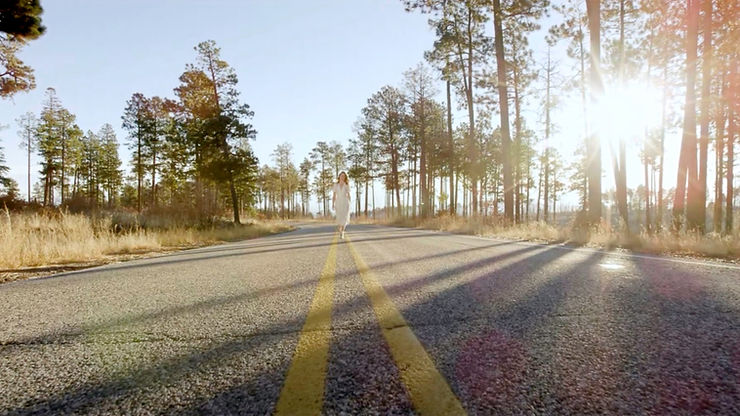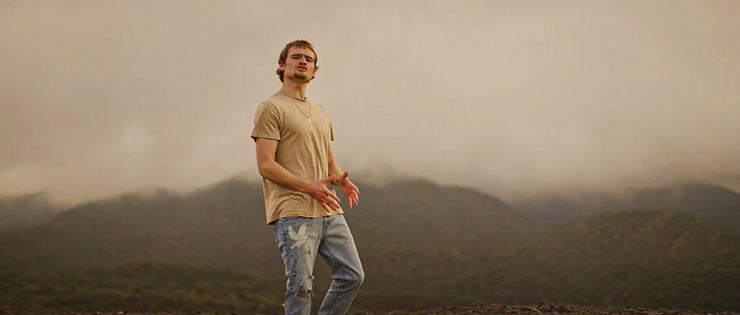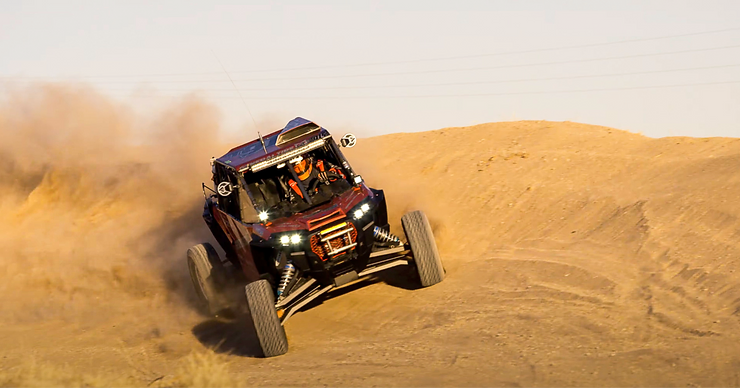Cinematography is more than just visual images, it is the concept of taking words, ideas, actions, tones, emotions and all other elements of communication and piecing them together within a visual story. We can refer the industry term ‘cinematic’ to understand it as a technique of adding meaningful layers. The visual world is an important part of how the viewer will perceive the story; if the lighting is not designed well, then the end result will be subpar. Preplanning a set by making conscious decisions to convey your original intentions will always give you the upper hand in a coherent and free flowing story. So, let’s uncover the basic language used for cinematic techniques, methods and elements to create a visual story.
We can begin by categorizing the basic elements, in no specific order;
- Specific lighting techniques
- Temperatures and color
- The different types of lenses
- Establishing a texture
- Movement of a subject within its environment
- Point of view
Choosing a specific frame is essential to directing the viewers eyes and attention. A shotlist, for example, will detail exactly how each scene is framed and shot to convey the storyboard. We as filmmakers can use vertical and horizontal lines within a frame to expose a great deal about a subject in his/her world. Take this wide and distant shot below in our promotional for Standing Light™ The Fifth Element. This opening shot instantly gives the viewer the idea that there is a coming of something spiritual – what was once in the past is now coming to fruition emphasizing the long road traveled.

Understand The Concept of Storytelling Through Video Production
Light and color are what we spend more of our time on, and for a good reason. You will often see on set that light is the most powerful way to conduct the mood and tone of the story. Color has the ability to reach a somebody watching the film to really feel the level of emotion. The warm natural color from sunset reinforces the subject (Layla in this case) is coming into her life calling imagining that her dreams are now coming true.
We used a wide focal length to alter her perception of the world she is walking into. The wide lens expands our awareness of space reinforcing the visual metaphor and the point of the story in that moment. This great deal of space plays into the role of solidarity and loneliness, drawing on the viewpoint of distance and observation.
In most cases, we rarely shoot anything straight on as it my appear in reality. In all cases we want to dramatize the image by adding texture, or layers of color and contrast. Take the screenshot from a music video we shot with Good for Life Productions featuring Martian Skies where we were trying to imitate the environment of a martian world. Here we experimented with filter techniques and color grading to portray a contrasty, sepia look all of which reinforce the frightful, creative imagery of the music video.

Good for Life Productions featuring Martian Skies
Cinematography is one of the very few art forms that recruit motion and time. A good example would be the opener of the Rigid Industries shoot with Jim Beaver driving his UTV. This exciting dynamic motion serves an important storytelling metaphor of a professional racer or a weekend warrior encompassing this type of lifestyle. We use the cameras point of view as if it were someone seeing Jim race around the corner in much the same way as someone on the sidelines watching the race; viewing the scene from a spectators point of view placing the camera as the eye of the audience. To a greater extent, cinematography is showing the viewer what we want them to see. Essentially we are establishing the viewers brain to experience the visual world as we see it. In this way we are involving the viewer as apart of the story. We often use these types of techniques to extend the viewers watch time of promotional videos. We want to captivate and draw attention to the viewer within the first 3 seconds of the video.

Rigid Industries shoot with Jim Beaver driving his UTV
Visual storytelling is an art; some of them creative, some practical and technological and some decisions are based around the story are businesslike. Mostly, a cinematographer must bridge the gap – to recognize the realistic and applied knowledge of workflow to create a story within a visual world of metaphors. It is the cinematographer that brings together artistic ideas and implementing them within the real world to make the vision come to life. A difficult and gratifying undertaking.

